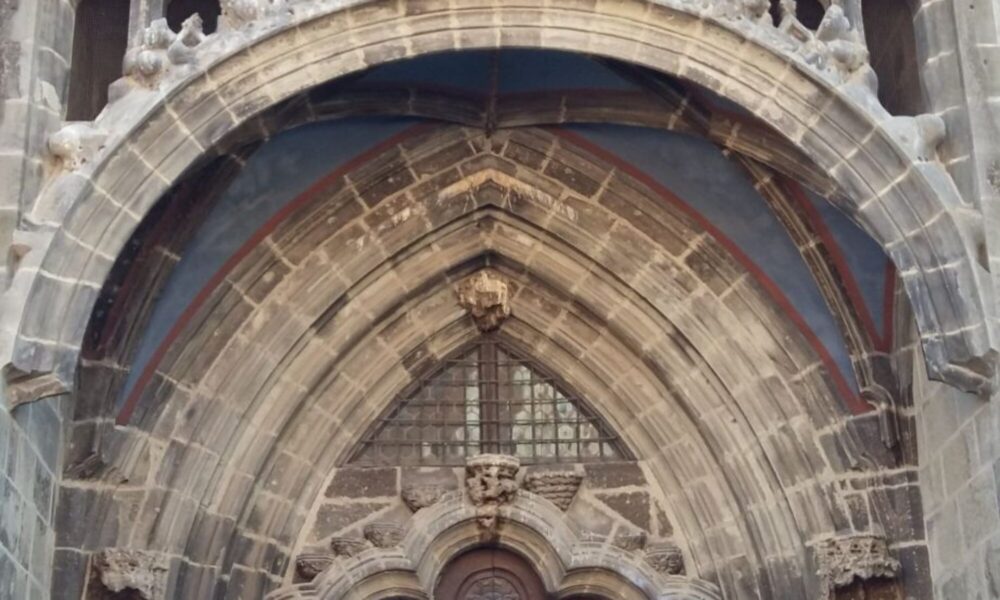Reading about the legends and history of a place you plan to visit is a must if you wish to turn your traveling experience into a whimsical time. Sibiu is a spellbinding traveling location and Romania’s Destination of the Year for 2024. Yes, my native Romania, Europe’s coolest destination.
Continue reading “Read This Surprising Legend Now, Before Traveling To Spellbinding Sibiu”Travel Now to Lush Romanian Banat via Forgotten Stories
It’s never been easier to journey to the Romanian Banat than it is right now, via its forgotten stories whispered by the wind, carried by its streams, and shared by its welcoming people.
Continue reading “Travel Now to Lush Romanian Banat via Forgotten Stories”Into the Tower of St. Mary’s Evangelical Church Sibiu, Daring, Hypnotic, and Legendary
St. Mary’s Evangelical Church of Sibiu, with its imposing presence shrouded in mystery, steeped in centuries-old legends, still beckons those who dare to explore its depths. As twilight descends on the city once known as Hermannstadt to the four corners of the world, its ancient streets echo of St. Mary’s Evangelical Church mysterious whispers. Undoubtedly, the cloak of twilight still draws curious souls to the towering silhouette of this Lutheran Cathedral.
Continue reading “Into the Tower of St. Mary’s Evangelical Church Sibiu, Daring, Hypnotic, and Legendary”A Historical Book about the Mystical Realms of Transylvania on Sale
Explore the mystical realms of Transylvania, a land steeped in rich mythology and turbulent history through an “exceptional”, “magical”, “fantastic” book: DREAMLAND. As I traversed its enchanting landscapes, the echoes of an ancient past and the haunting remnants of myths and legends unfolded before me.
On SALE for 99c between 22 – 25 November 2023, US only.
Light and Shadows While Gazing Out at Sea, #FridayFeeling
Light growing, shadows creeping while gazing out at the Black Sea throughout a day. Time passing. Making memories. Building stories.
Continue reading “Light and Shadows While Gazing Out at Sea, #FridayFeeling”




